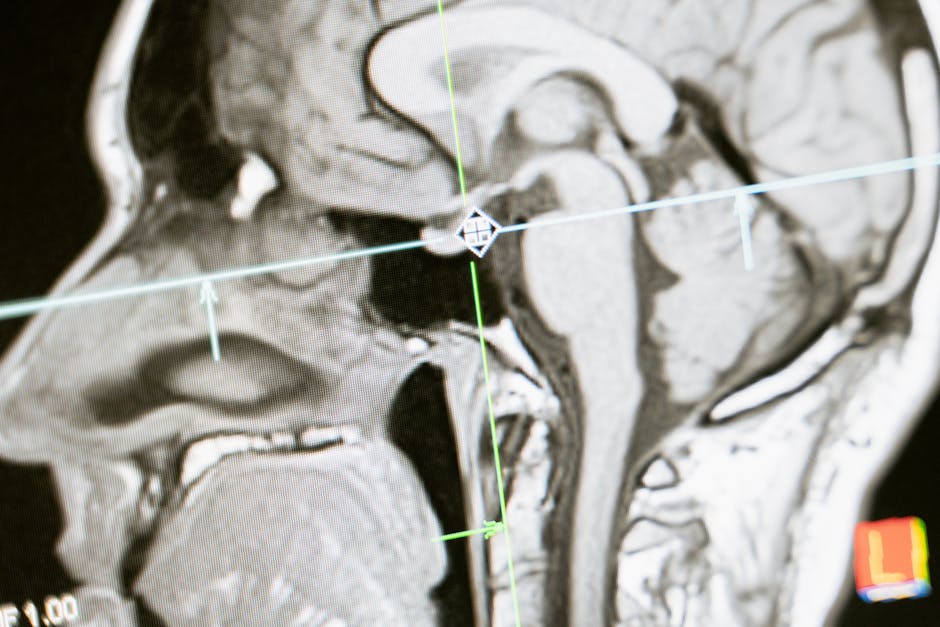What Happens During a Doctor’s Visit for a Head Injury? 🤕
Head injuries can be daunting and often require immediate attention. Whether it’s a mild bump or something more serious, knowing what to expect during a doctor’s visit can help ease anxiety and ensure you get the care you need. In this blog post, we’ll guide you through the typical process of a medical evaluation for a head injury, offering insights and tips along the way.
Table of Contents
1. Understanding Head Injuries
2. Initial Assessment at the Doctor’s Office 🏥
3. Diagnostic Tests and Procedures 🔬
4. Treatment Options and Follow-up Care 💊
5. Conclusion: The Path to Recovery
6. FAQs: Your Questions Answered
Understanding Head Injuries
Head injuries range from minor concussions to severe traumatic brain injuries (TBIs). They can occur due to falls, sports, accidents, or any impact to the head. It’s crucial to recognize symptoms like dizziness, headaches, nausea, or confusion as they might indicate the severity of the injury.
Initial Assessment at the Doctor’s Office 🏥
The first step in a doctor’s visit for a head injury is typically a thorough assessment. Here’s what you can expect:
1. Medical History Review: The doctor will ask about the circumstances leading to the injury, any previous head injuries, and your medical history to understand potential risk factors.
2. Symptom Evaluation: You’ll be asked to describe your symptoms. Be as detailed as possible—mention everything from headaches to vision issues.
3. Physical Examination: The doctor will perform a physical exam, checking for signs of trauma, such as bruising, swelling, or bleeding. Neurological assessments may also be conducted to evaluate cognitive function and motor skills.
Diagnostic Tests and Procedures 🔬
Depending on the initial assessment, the doctor may recommend further tests to get a clearer picture of the injury:
1. CT Scan: A CT scan provides detailed images of the brain, helping to identify issues like bleeding or fractures.
2. MRI: If more information is needed, an MRI might be conducted to examine brain tissue in detail.
3. X-rays: These are less common but can be used to rule out fractures in the skull.
Treatment Options and Follow-up Care 💊
Treatment for a head injury varies depending on its severity:
1. Rest and Observation: For mild injuries, rest and observation may be sufficient. Ensure you avoid activities that could lead to another injury.
2. Medication: Pain relief or anti-nausea medications might be prescribed to manage symptoms.
3. Surgery: In severe cases, surgical intervention may be necessary to relieve pressure on the brain.
Follow-up care often involves regular check-ups to monitor recovery and address any lingering symptoms. It’s important to adhere to medical advice to ensure a full recovery.
Conclusion: The Path to Recovery
Understanding the process of a doctor’s visit for a head injury can be reassuring. By knowing what to expect, you can approach the situation with more confidence and ensure you’re equipped to handle the recovery process effectively. Remember, when in doubt, always seek medical advice to safeguard your health and well-being.
FAQs: Your Questions Answered
1. How long should I wait to see a doctor after a head injury?
It’s best to see a doctor immediately following a head injury, especially if symptoms like confusion, dizziness, or severe headache occur.
2. Can I drive myself to the hospital after a head injury?
No, it’s safer to have someone else drive you or call for emergency services, as your ability to drive may be impaired.
3. What should I avoid doing after a head injury?
Avoid activities that could result in another head injury, such as contact sports. Follow your doctor’s advice on rest and activity levels.
4. Is it normal to feel tired after a head injury?
Yes, fatigue is a common symptom. Ensure you get plenty of rest and follow medical guidance for recovery.
5. How can I support a loved one recovering from a head injury?
Provide emotional support, assist with daily tasks if needed, and encourage them to follow their treatment plan. Patience and understanding are key.

